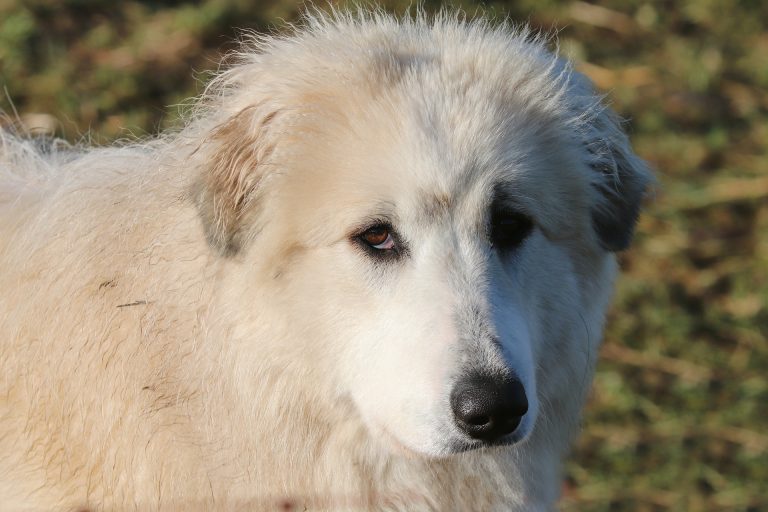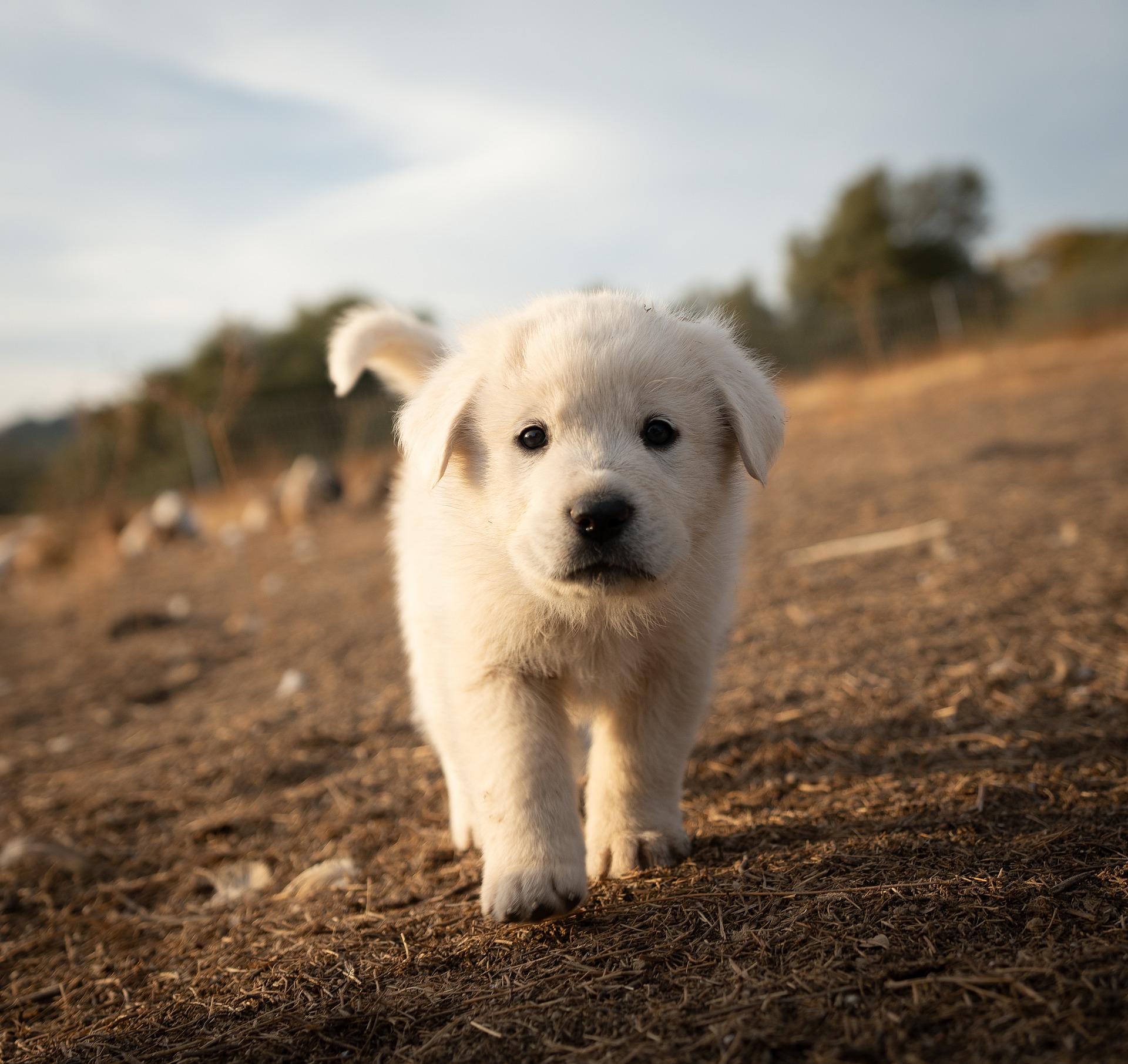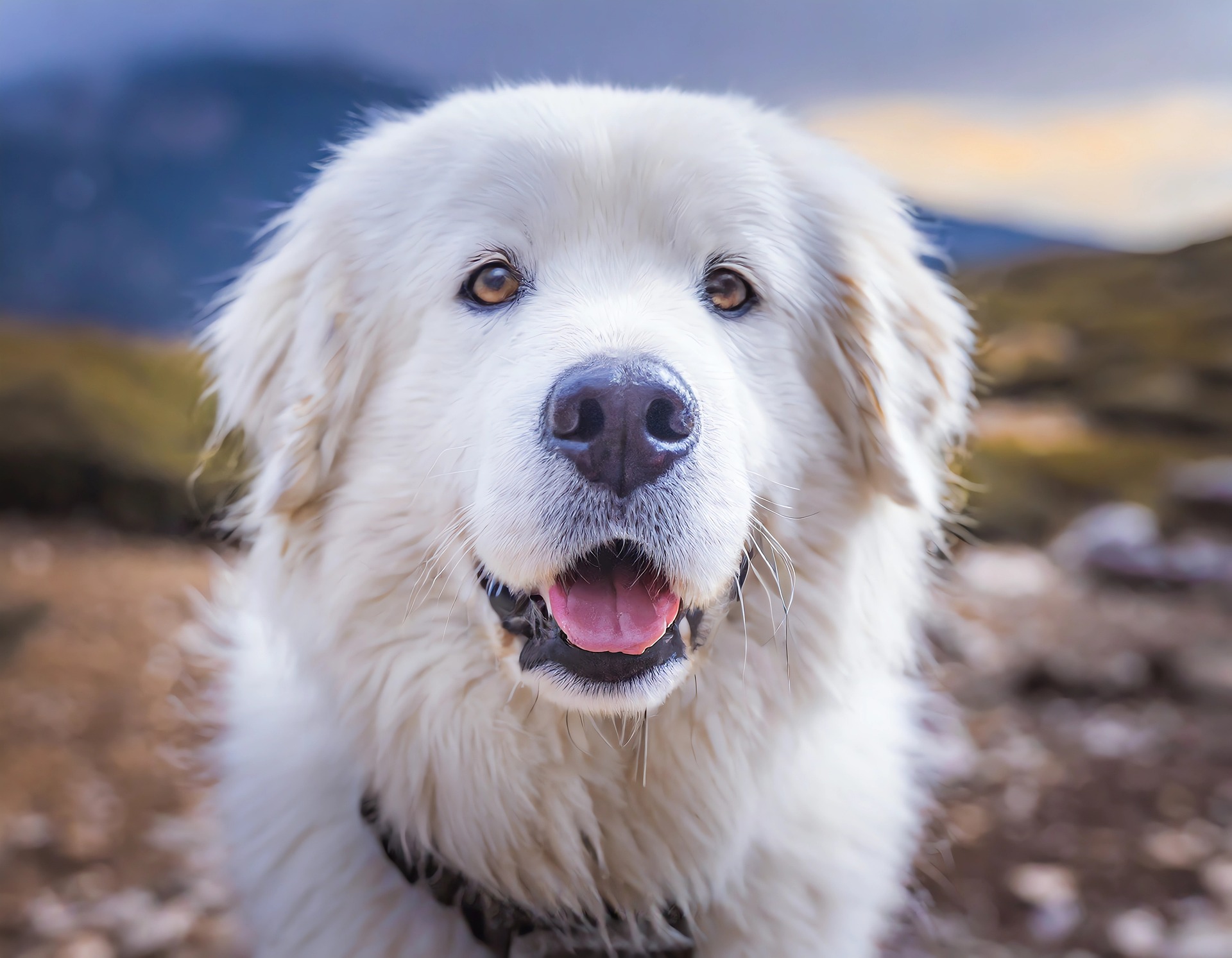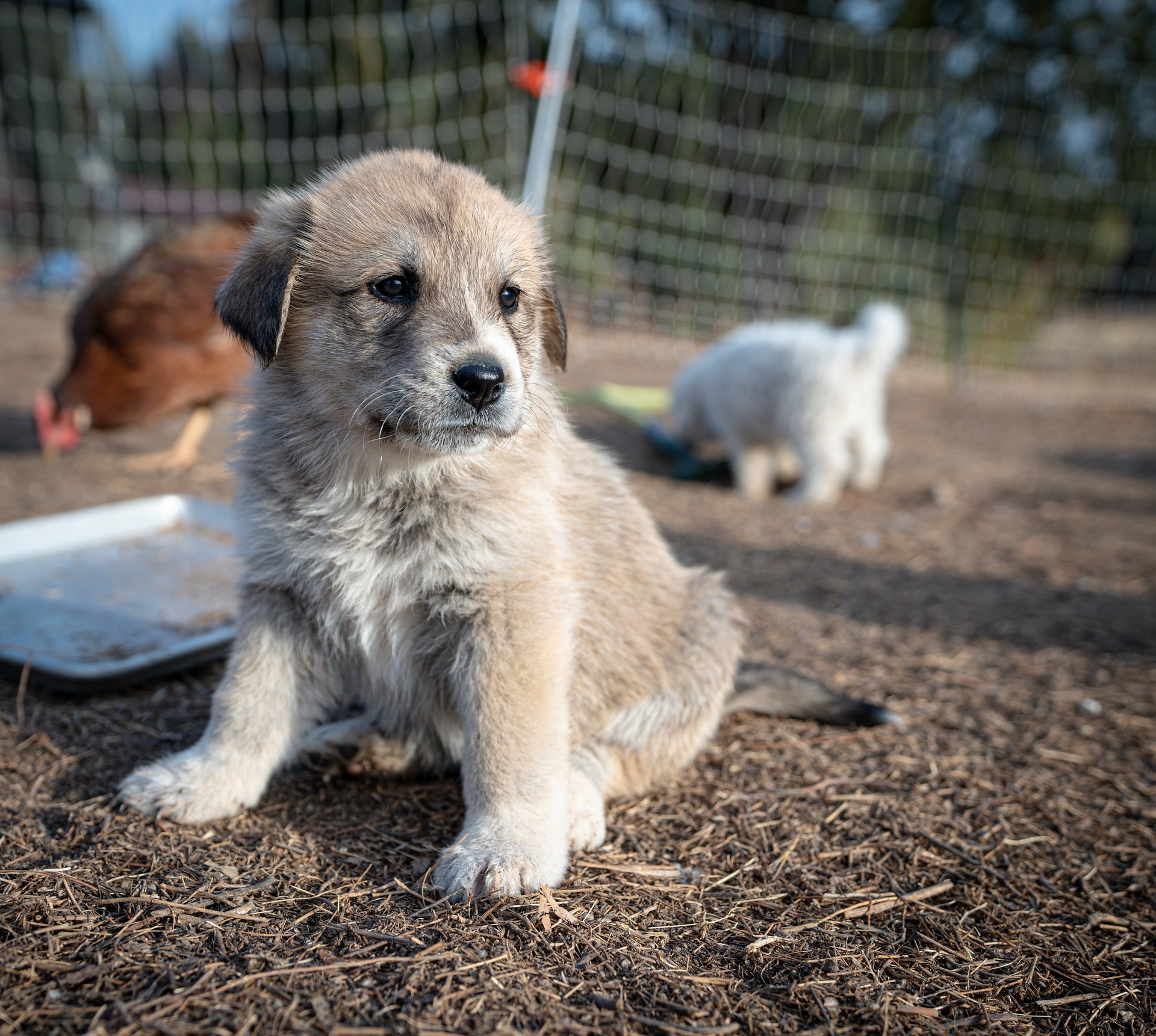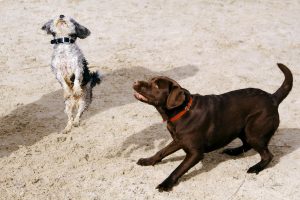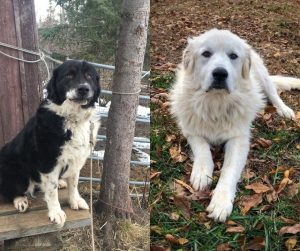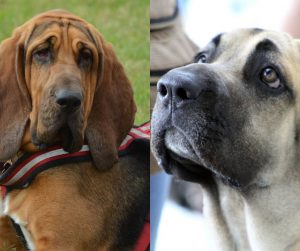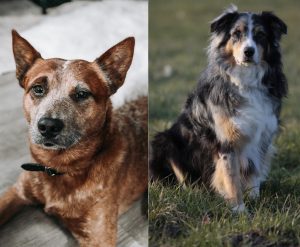The Great Pyrenees is an amazing dog that was adopted as a French Court Dog in the 17th century. They are some of the best guardian dogs in the world. Calm, patient, and strong-willed, they are affectionate with their family.
Their appearance is all about elegance and unsurpassed beauty combined with size and majesty. When you see a Great Pyrenees, you think about their intelligent regal, and kind expression. While many people think of these dogs as dangerous, the reality is that the Great Pyrenees dog breed is affectionate and kind.
Speaking of their coat color options, most people think of the Great Pyrenees as this big white fluffy dog. But would you believe me if I told you there is also a colored Great Pyrenees? What do we know of Great Pyrenees colors.
Can you imagine a Black Great Pyrenees? Let’s take a deeper look into the colors of this working dog breed.
All the Great Pyrenees Colors
Here is the thing. Great Pyrenees colors do not have to be so non-existent. There are unique colors that you can see on this often recognized as white dog.
Of course, the most common Great Pyrenees coat color is white. It is often mistaken as being the only legitimate color for the amazing Great Pyrenean Mastiff. White coated Pyrenees may have black spotted skin, yet the color remains pure white. In other words, you might see a Great Pyrenees puppy with black spots, but they will disappear as the dog matures.
Another possible color is orange coat color patches appearing on the head and/or on the body. In Great Pyrenees dogs, orange can appear in a variety of shades. The American lines often have this color.
Speaking of black patches, that is popularly known as Salt’n Pepper. This is when you have a Black Great Pyrenees puppy at birth. The coloration appears as black patches, but they disappear as your puppy matures into adulthood.
We also have to mention the full blaireau coloring, or badger coloration covering the entire body. This usually fades to a white coat by 8 months of age. Blaireau is a French word for Badger. These puppies are about as rare as the excessive black. There might be one or two Badger puppies in a typical litter.
To say that a Great Pyrenean coat color is black, the black has to cover more than 1/3 of the body. Black puppies are the rarest. They almost never appear in a litter.
There are also white puppies with badger markings, which are gray, tan, and sometimes black. White Great Pyrenees with gray markings are common, and the markings can appear on the ears, face, and the entire body. Sometimes, we also see a White colored Great Pyrenees with reddish-brown markings, ranging from light to dark. They are different than tan markings due to the reddish hue.
What does the AKC say?
Now let’s talk about the breed standard set by the American Kennel Club. As we know, the AKC is the one that sets the standard for dog breeds.
According to the American Kennel Club, pure white coats and white coats with markings are accepted. The markings can be badger, tan, gray, or reddish-brown.
What is the Rarest Color?
As we mentioned before, the rarest Great Pyrenees coat color option is black. Yes, dogs with black markings exist.
But while some people disagree with that, saying these are markings only appearing in puppies, one thing is certain. A black and white Great Pyrenees is extremely rare.
Does the Great Pyrenees dog breed change color?
Yes, similar to how other dog breeds change their coat color as they mature. As we said before, puppies can be born with black markings or other markings. But as they mature, the white coloring takes over.
In some dog breeds, their coat might darken with age, developing more black patches in the process. Here, however, it is the opposite. As the Great Pyrenees dog ages, it develops more white.
Badger markings, for example, usually fade away by 7 or 8 months of age.
Are all pureed Great Pyrenees white?
No, not all purebred Great Pyrenees dogs are entirely white. Yes, the canine is mostly known for its white coat. This white color can range from white to cream, but some might also have extra markings.
The standard markings, accepted by the American Kennel Club include gray, reddish brown, badger, and tan. Typically, these markings appear on the head as a mask, on the ears and tail, and rarely on the body.
Yet, we have to say that the markings should never cover more than one-third of the dog’s body. If that is the case, the dog might not be registered. It is not a 100% indication that the pup will be disqualified under the breed standard, but it is not a desirable trait.

